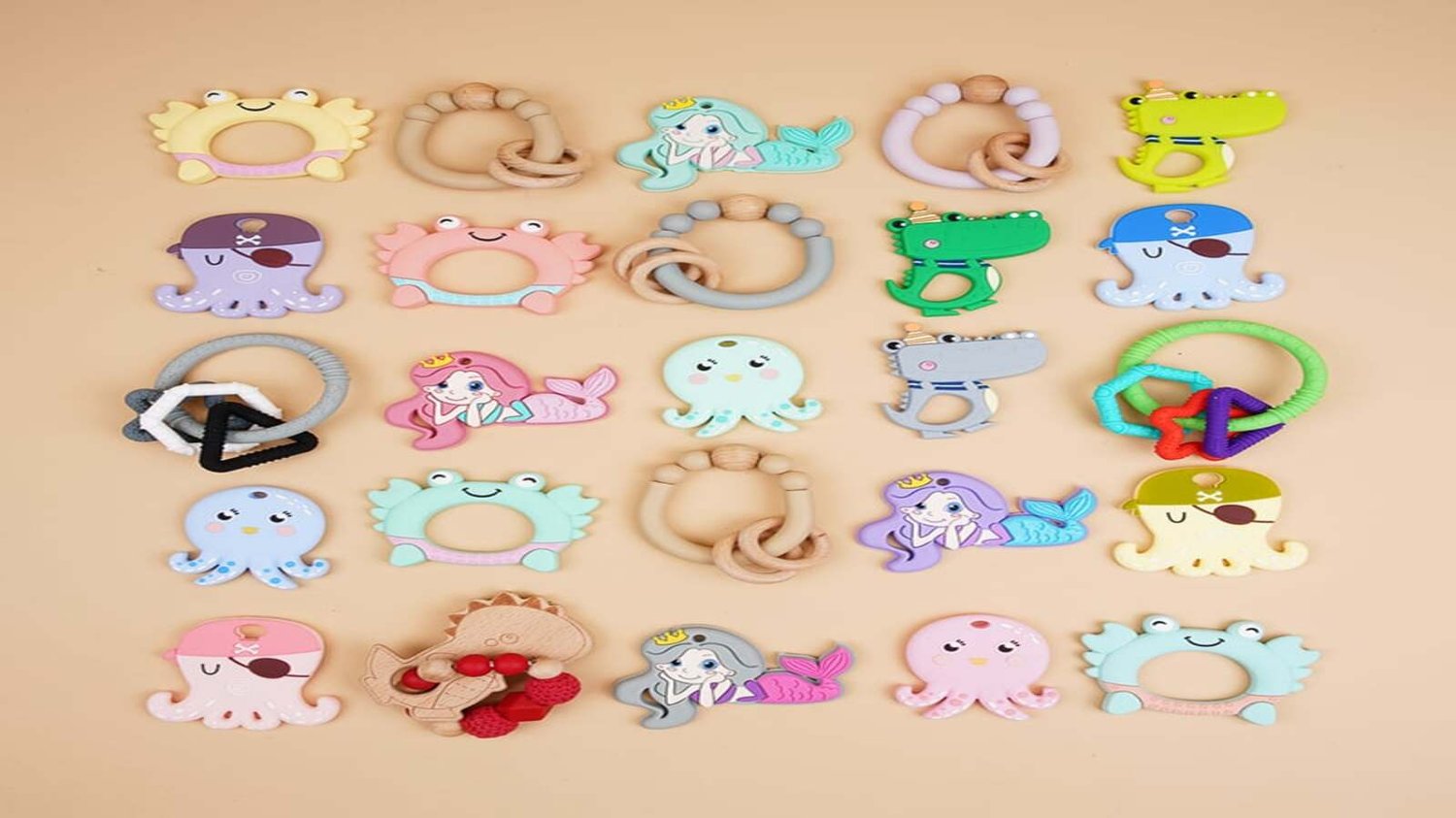Teething is a natural process that all infants go through, typically beginning around 6 months of age. During this time, babies may experience discomfort and pain as their teeth start to erupt through their gums. Using a teether can provide relief for your little one, but knowing when and how to introduce one is essential for their safety and comfort.
Signs That Your Baby Is Teething
Before introducing a teether to your baby, it's essential to look out for the signs of teething. Common symptoms include excessive drooling, irritability, swollen or sensitive gums, and a tendency to chew on objects. If you notice these signs in your baby, it may be time to introduce a teether to help soothe their discomfort.
Choosing the Right Teether
There are various types of teethers available on the market, ranging from traditional rubber teethers to more modern silicone options. When selecting a teether for your baby, be sure to choose one that is made of safe, BPA-free materials and is easy for your baby to hold and chew on. Different textures and shapes can also provide different levels of comfort for your little one.
Introducing a Teether
Once you have chosen a suitable teether for your baby, it's time to introduce it to them. You can do this by offering the teether to your baby when they show signs of teething discomfort. It's essential to supervise your baby while they are using the teether to ensure they are using it safely and effectively.
When Not to Use a Teether
While teething can be a challenging time for both babies and parents, there are instances when using a teether may not be appropriate. If your baby is under 3 months old, it's best to avoid using a teether as their gums are still developing. Additionally, if your baby has a fever or other symptoms not related to teething, consult with their pediatrician before using a teether.
Teething Tips for Parents
Teething can be a trying time for both babies and parents, but there are several tips to help make the process easier. Offering your baby a cold washcloth or chilled teether can help soothe their gums and provide relief. Additionally, gently massaging your baby's gums with a clean finger can also help alleviate discomfort.
Safety Considerations
When using a teether, it's crucial to prioritize safety to prevent choking hazards or other risks. Always choose teethers that are specifically designed for babies and avoid giving them small objects that could break off and pose a choking hazard. Regularly inspect your baby's teether for signs of wear and replace it if it shows any damage.
Using Teething Toys
Teething toys are another option to provide relief for your teething baby. These toys are usually made of soft, chewable materials that can help massage your baby's gums and provide comfort. Like traditional teethers, it's essential to choose teething toys that are safe and free of harmful chemicals.
Consulting with Your Pediatrician
If you have concerns about your baby's teething process or are unsure about when to introduce a teether, don't hesitate to consult with your pediatrician. They can provide guidance on the best teething remedies for your baby and offer personalized advice based on your baby's individual needs.
Final Thoughts
Teething is a natural part of your baby's development, and using a teether can help alleviate their discomfort during this time. By paying attention to the signs of teething, choosing a safe teether, and following safety guidelines, you can help make the teething process more manageable for your little one.

